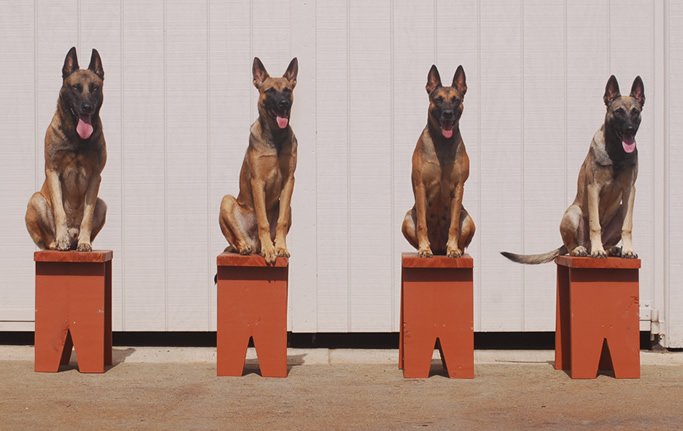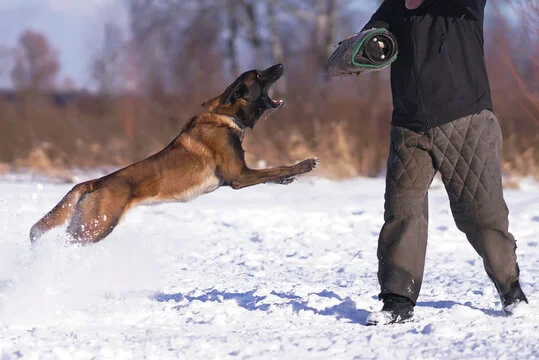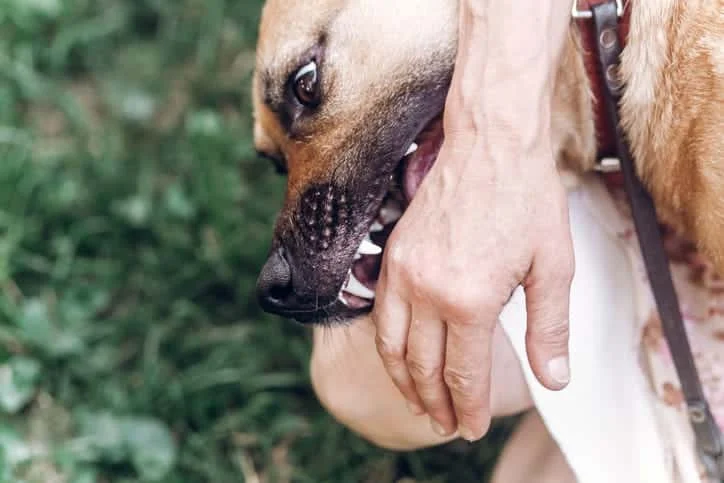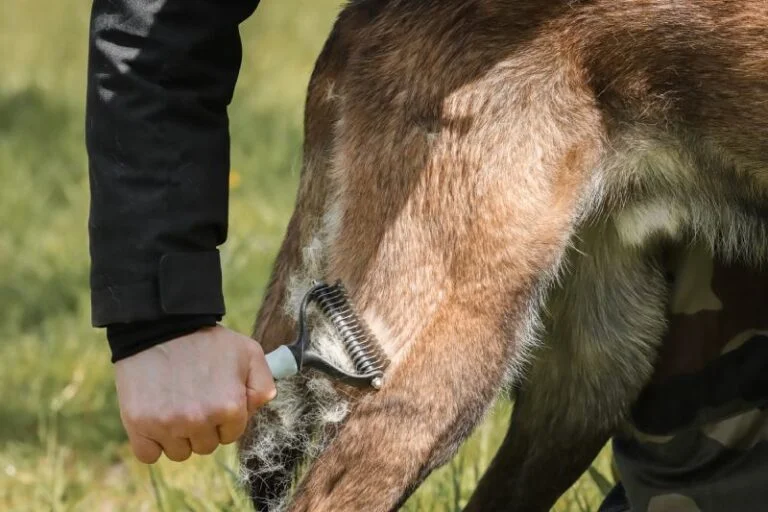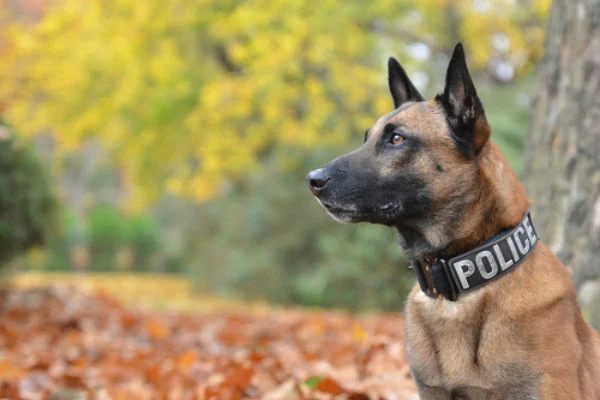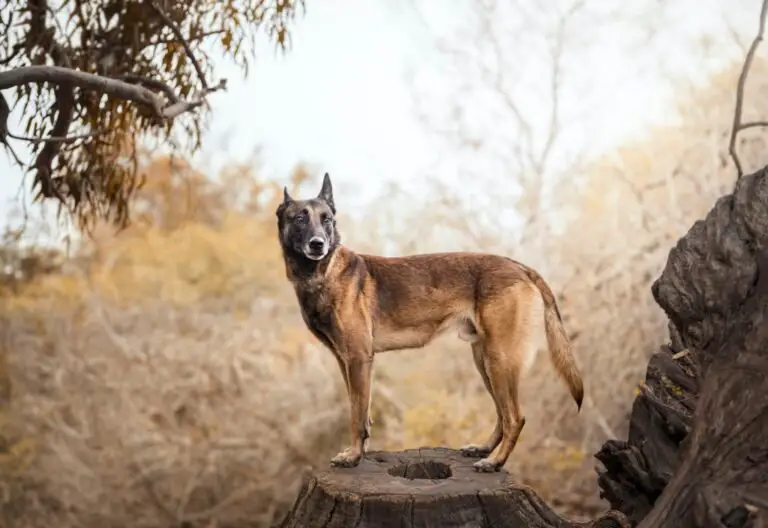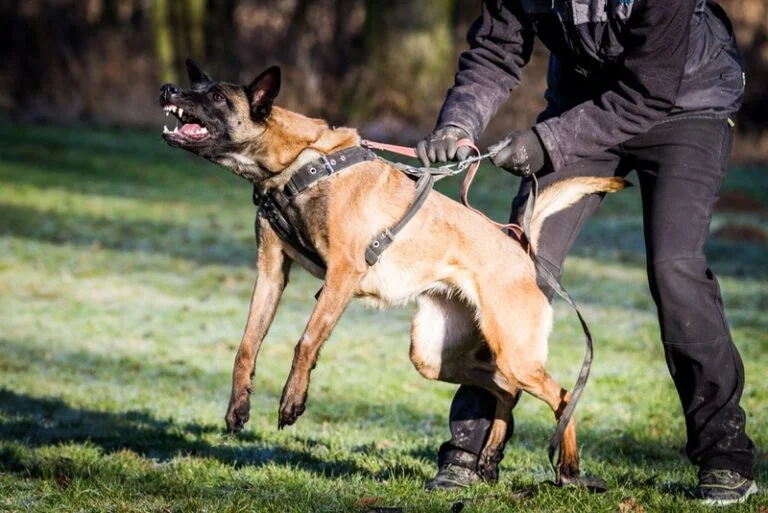How to train a Belgian Malinois for protection
Bringing a Belgian Malinois into your home brings with it the possibility of a knowledgeable guardian in addition to the benefit of a devoted friend. You’re in the perfect place if you’ve been wondering “How to train a Belgian Malinois for protection.” We will go over important methods, advice, and insights in this in-depth book to help you mold your lively Malinois into a competent and trustworthy protector. With the help of this book, you and your Belgian Malinois may successfully begin protection training, regardless of your goals for your dog—enhancing their innate protective instincts or helping them acquire new skills.
Recognizing Belgian Malinois
It’s important to comprehend the traits of the Belgian Malinois breed before beginning protection training. Malinois, which are renowned for their devotion, intelligence, and agility, are frequently picked for jobs including protection, search and rescue, and law enforcement. Their eagerness to please and their excellent work ethic make them ideal for a variety of jobs, including protective training.
- Establishing Bond and TrustBuilding a solid rapport and foundation of trust with your Malinois is the first step in protection training. Building trust is essential since it is the cornerstone of effective training and guarantees a happy relationship between you and your dog.Playtime on a regular basis, interactive training sessions, and positive reinforcement are all excellent ways to start the training process. Your Malinois willfully participates in the surroundings and looks forward to learning when positive associations with training are established.
- Instruction in Basic ObedienceAssemble a strong foundation in fundamental obedience commands for your Malinois before moving on to protection-specific training. During protection training, using commands like sit, remain, come, and heel is crucial for efficient communication.In obedience training, consistency is essential. Make use of positive reinforcement strategies, rewarding your Malinois with play, praise, or goodies each time they obey an instruction. This creates a direct line of communication and supports the notion that compliance has advantages.
Techniques for Protection Training
After setting the foundation, let’s look at some particular methods for protecting your Belgian Malinois:
- Command to Bite and ReleaseTeaching your Malinois to bite on cue and release on command is a common first step in protection training. Training sessions for this technique must be cautious and regulated, ideally with the assistance of a qualified trainer.During the early training phase, protect yourself with padded equipment or a specific bite sleeve. Introduce the orders for biting and releasing progressively after starting with simple biting exercises. To become proficient in this talent, you must practice consistently and receive positive reinforcement.
- Restrained HostilityYour Malinois should learn controlled aggression through protection training. This entails training children to distinguish between circumstances that call for a protective reaction and those that do not. You may stop your Malinois from responding badly to innocuous stimuli by teaching them to behave with controlled hostility.Introduce your Malinois to a range of events and stimuli, progressively escalating the intricacy of the circumstances. Encourage the desired response to perceived threats, which should be composed and self-assured. Expert trainers can offer insightful advice on how to develop this component of protective training.
Advice for a Successful Workout
Remember these pointers as you begin to train your Belgian Malinois for protection:
- Maintain consistency in your expectations, directives, and training sessions. Frequent, brief sessions work better than long, irregular ones.
- Positive Reinforcement: To inspire your Malinois, employ positive reinforcement methods like play, treats, and praise. For them, positive associations make training fun.
- Professional Advice: If you’re having trouble training your dog for protection, think about seeing a professional dog trainer. Their knowledge can guarantee a secure and efficient training procedure and offer priceless insights.
FAQs: Overcoming Obstacles in Protection Training
Q1: Is it possible for Belgian Malinois to receive protective training?
A1: Because of their inherent skills, Belgian Malinois are frequently selected for protection training; however, not every dog is a good fit. Their fitness for protective service depends on a number of factors, including temperament, health, and prior training. Expert evaluations can assist in deciding if your Malinois is a suitable fit.
Q2: How much time does a Belgian Malinois need for protective training?
A2: The length of protection training varies depending on the dog, training objectives, and consistency of sessions. It can take a few weeks to several months to complete basic obedience training, which usually comes before protection training. More months of advanced protection training are possible, with continuous reinforcement for the duration of the dog’s life.
Q3: Do protection training courses present any significant obstacles?
A3: There are several obstacles associated with protection training, such as the requirement for close monitoring, regulated settings, and ethical considerations. To make sure that aggression is only directed on real dangers, it needs to be properly controlled. Expert trainers are prepared to take on and successfully navigate these obstacles.
Concluding Remarks: A Reliable Collaboration
Dedication, perseverance, and a thorough comprehension of your Belgian Malinois’s instincts are necessary while training them for defense. You may strengthen your relationship with your Malinois and encourage their innate protective tendencies by putting an emphasis on developing trust, teaching fundamental obedience, and using specific protection training methods. Keep in mind that learning protective skills is a journey that has to be taken carefully, respectfully, and with a dedication to your active dog friend’s wellbeing.

